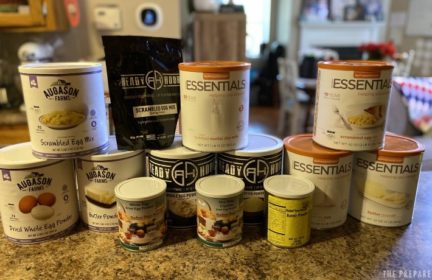How to read expiration dates
Since the pandemic started, I began to pay more attention to expiration dates. However, some items don’t have an expiration date but have recommended lifespans, like disinfecting wipes and motor oil. Also, some items like soap and shampoo may not have an expiration date, but I’d like to use the older product first. I’ve started looking at the date codes of the product. Most of the date codes are some form of Julian Date, which includes the year and a 3-digit number representing the day of the year. For example, for 20030, the first two digits ’20’ represent the year 2020 and the last three digits ‘030’ represent the 30th day of the year, which would be January 30. To simplify things, I’ve been using the Julian Date converter at https://longpelaexpertise.com/toolsJulian.php and putting a sticker with the date on the items.
Has anyone else been rotating items with no expiration date?
-
Comments (17)
-


